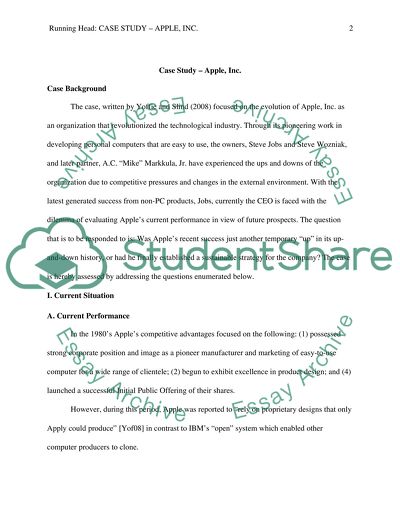Cite this document
(“Case Study on Apple Example | Topics and Well Written Essays - 2250 words”, n.d.)
Retrieved from https://studentshare.org/marketing/1428017-case-study-on-apple
Retrieved from https://studentshare.org/marketing/1428017-case-study-on-apple
(Case Study on Apple Example | Topics and Well Written Essays - 2250 Words)
https://studentshare.org/marketing/1428017-case-study-on-apple.
https://studentshare.org/marketing/1428017-case-study-on-apple.
“Case Study on Apple Example | Topics and Well Written Essays - 2250 Words”, n.d. https://studentshare.org/marketing/1428017-case-study-on-apple.


